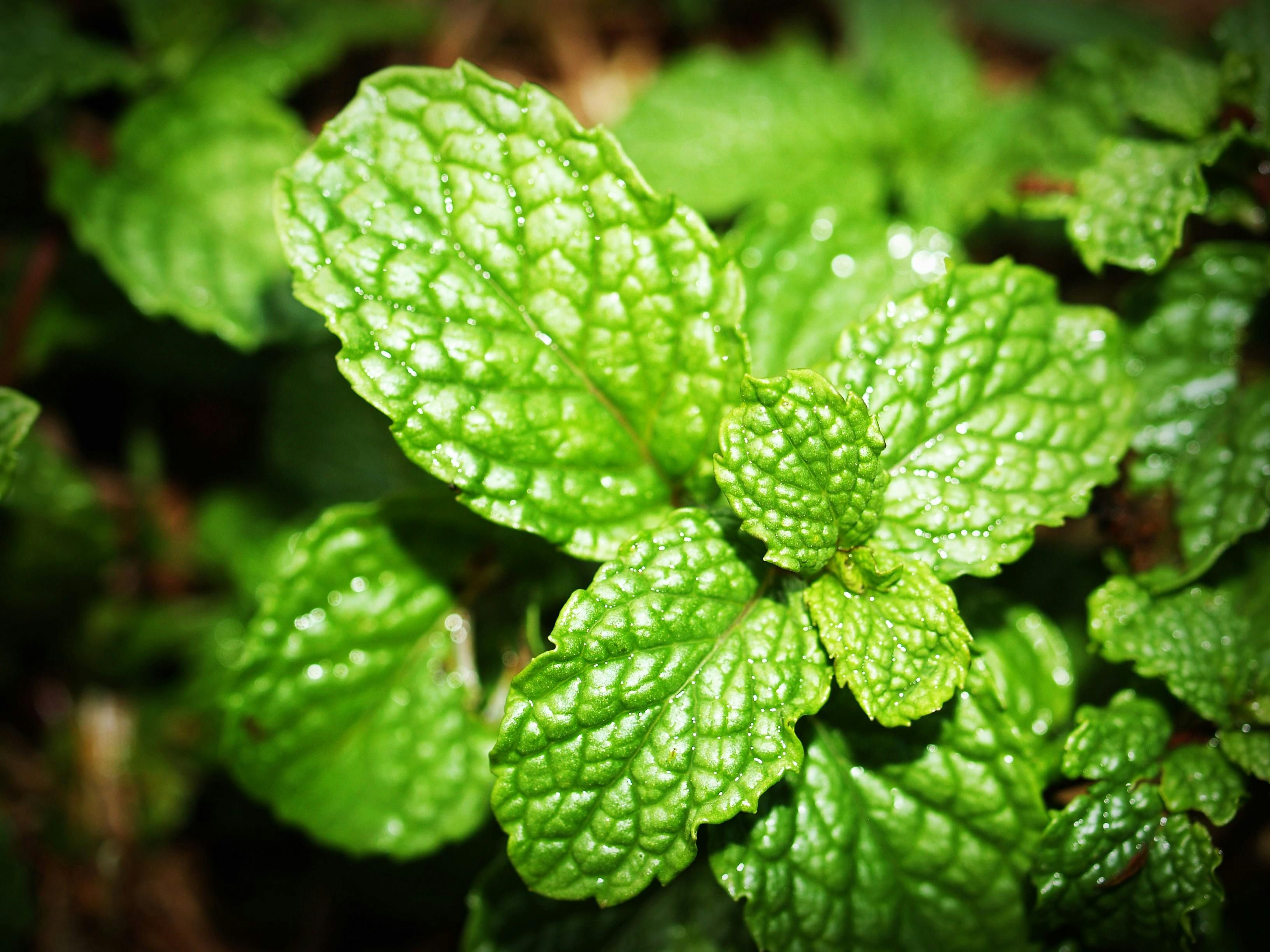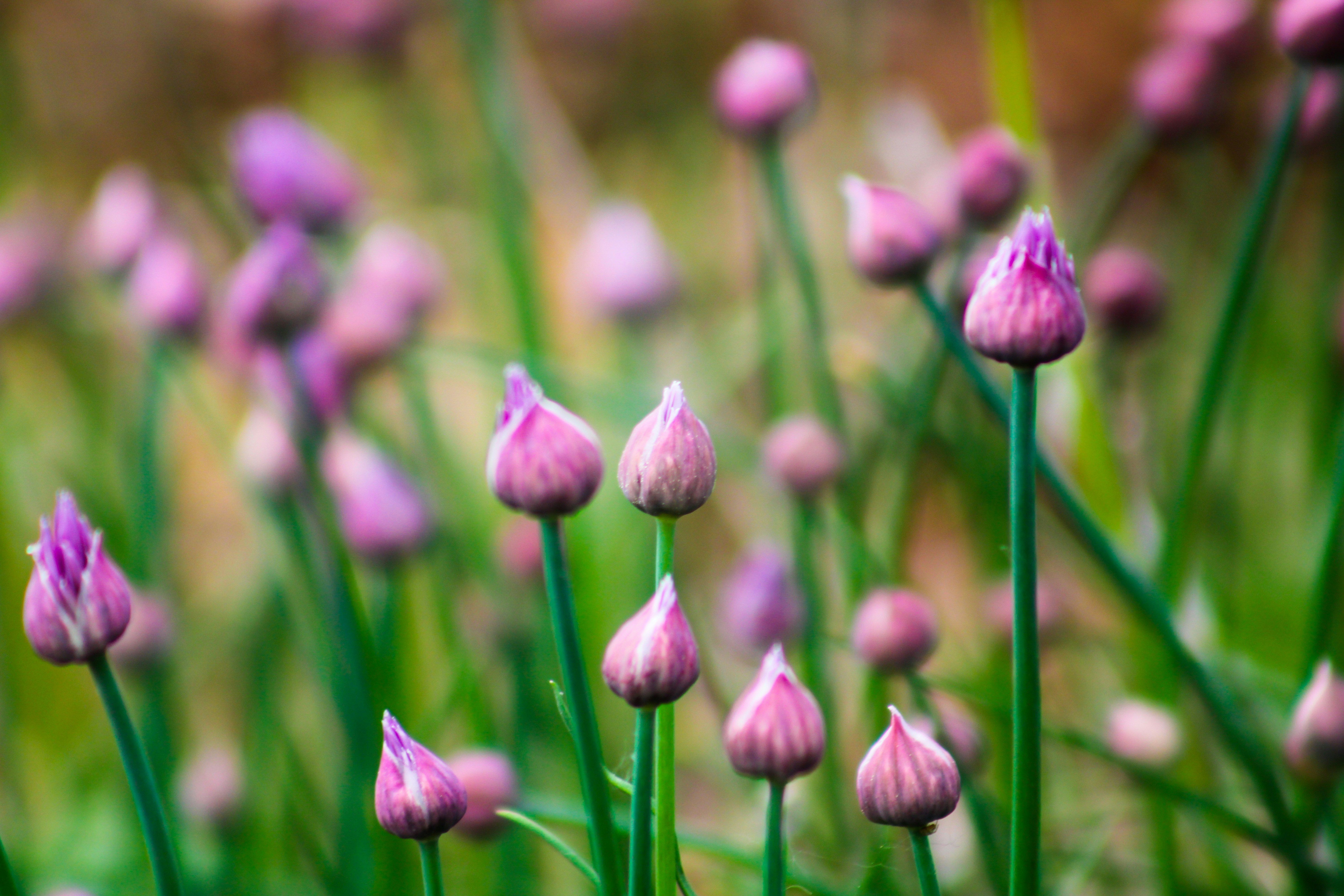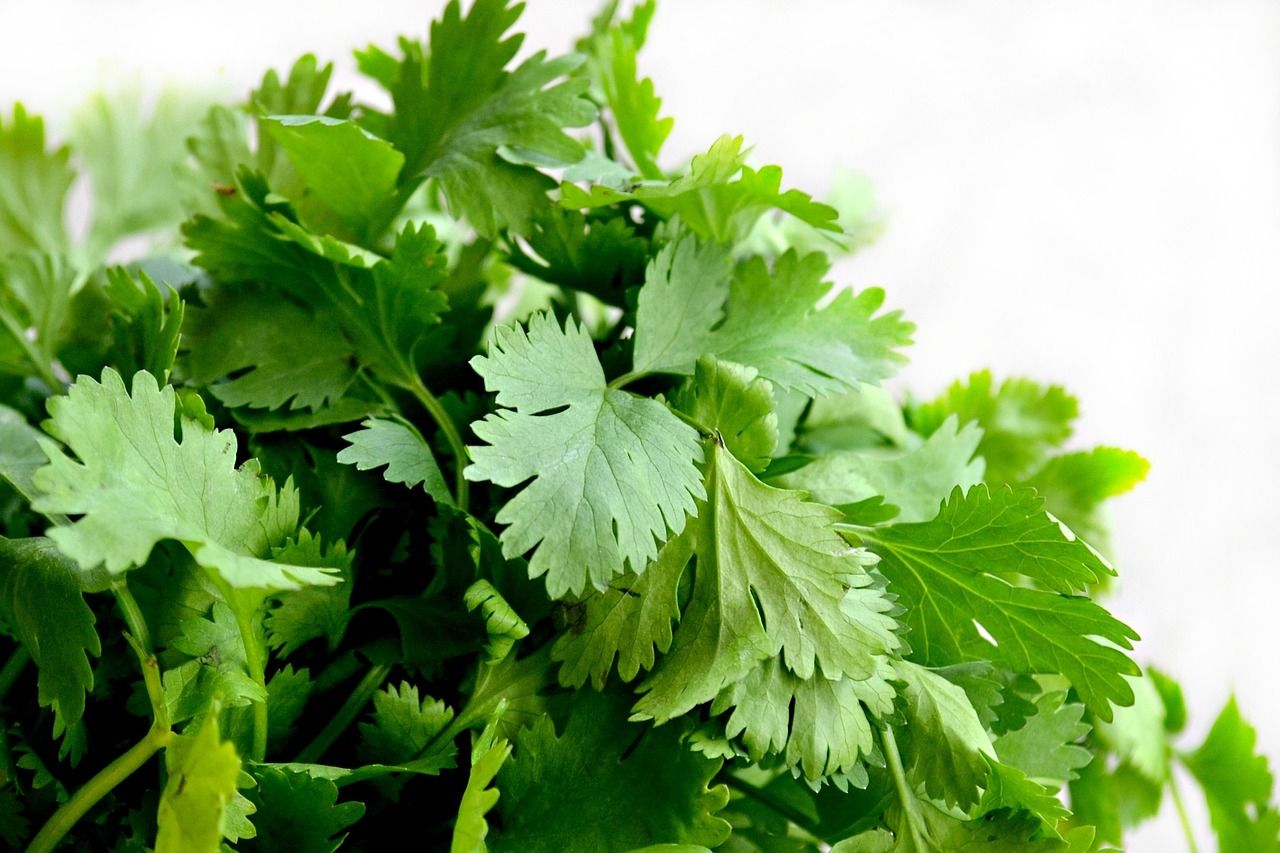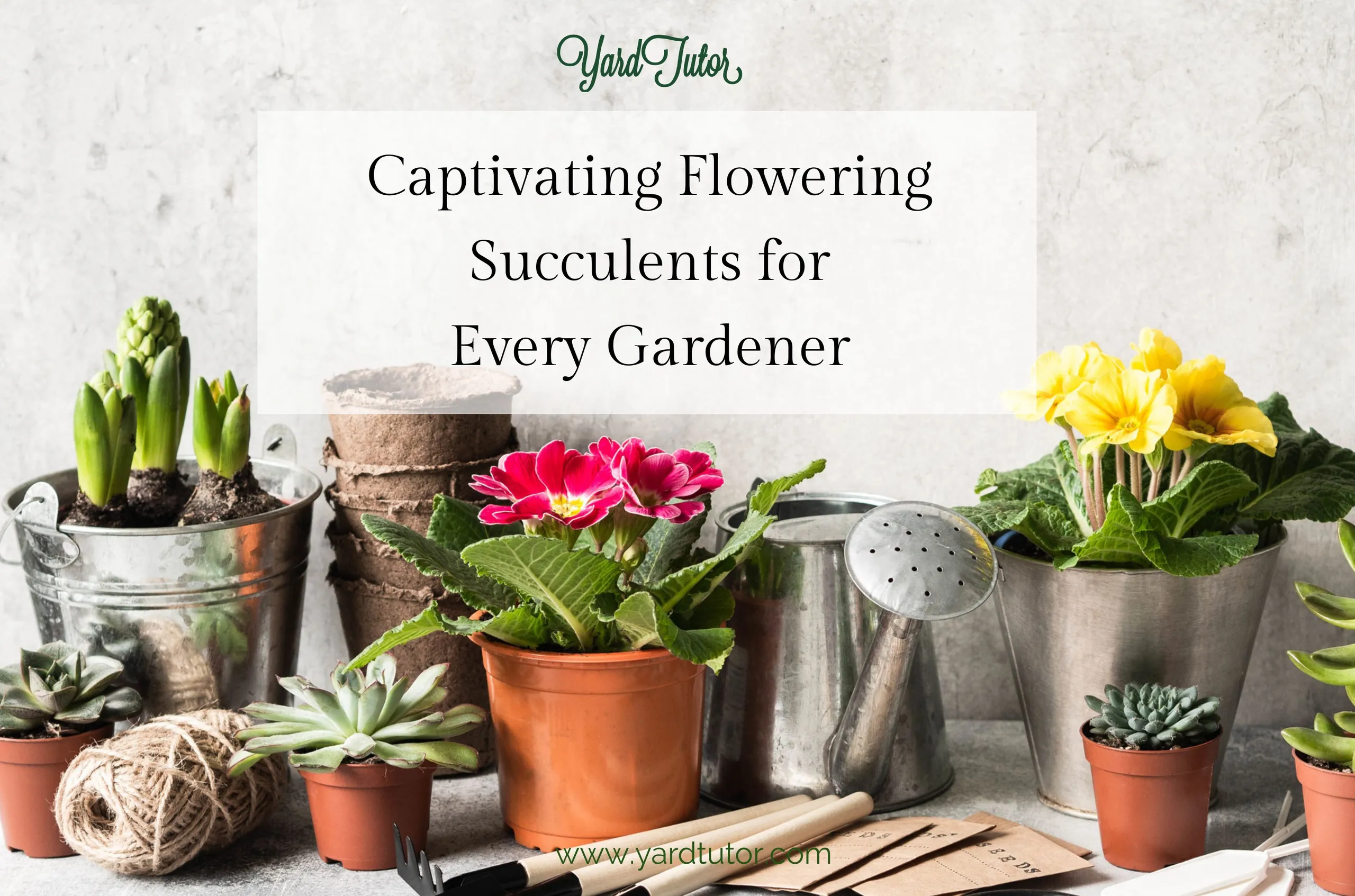10 Herbs Must For Your Indoor Herb Garden

Creating an indoor herb garden is a delightful way to fill your home with aromatic fresh herbs and a great option for those lacking outdoor space. So for you, ten herbs that are also year-round indoor plants are listed below:
- Basil (Ocimum basilicum)
- Rosemary (Salvia rosmarinus)
- Mint
- Chives (Allium schoenoprasum)
- Oregano (Origanum vulgare hirtum)
- Parsley
- Thyme (Thymus vulgaris)
- Bay Leaf (or Bay Laurel)
- Lemon Balm (Melissa officinalis)
- Cilantro
1. Basil

Basil, with its fragrant leaves, is a must-have herb for any herb garden for indoors. It's an annual herb belonging to the mint family, Lamiaceae. It boasts glossy, oval-shaped leaves that vary in size.
Basil likes its soil to be continually damp. So, it's important to keep its dirt evenly moistened. Don't overwater the plant. Every day, at least 6–8 hours of natural light is required for their growth.
Regular pruning encourages their bushier growth. They can grow up to 18-24 inches in height.
For your culinary herb garden, basils can be an excellent option. While growing them in individual pots, use a pot that is deep and large enough (especially if it is for multiple plants).
Collect basil leaves regularly. To promote ongoing growth, start at the top. Use fresh leaves for maximum flavor.
Sweet, Genovese, and Thai basils are the popular types.
Mostly Used For: Basil is a key ingredient in Italian cuisine and is used in dishes like pasta, pizza, and Caprese salad. These fresh herbs also add taste to other sauces, such as pesto and tomato-based ones.
2. Rosemary

With needle-like leaves and a woody, aromatic fragrance, rosemary is an evergreen herb. It often grows as a small shrub.
Like basils, rosemary also requires a little more care while growing indoors. Prune rosemary regularly to maintain its shape and encourage new growth. It's a hardy herb that can withstand some neglect.
Rosemaries are also great for indoor kitchen herb gardens, especially those with ample sunlight.
Mostly Used For: Rosemary adds a savory flavor to roasted meats, potatoes, bread, dips, and drinks. It's also popular in marinades and infused oils.
3. Mint

An easy-to-grow herb, mint, has lush green leaves and a refreshing fragrance. Its common varieties are peppermint and spearmint.
Mint loves moisture and well-draininig soil. Provide direct sunlight for optimal growth. It grows quickly, so regular trimming may be necessary to keep it from becoming overgrown.
Mints can be a choice for tea gardens or culinary gardens. They also thrive in small herb gardens. That makes them a great choice for those looking to grow herbs indoors. You can consider growing mint in containers to control its spread in your home herb garden.
Use mint’s tender leaves to get the best flavor in your cooking.
Mostly Used For: Mint is widely used in flavoring teas, drinks, desserts, cocktails, and salads.
4. Chives

Chives are slender, grass-like herbs with a mild onion flavor. They produce small, round, purple flowers that are also edible.
Like most herbs, chives grow well in soil that drains water well in moderate sunlight. They do their best when they get 4-6 hours of direct sunlight every day.
Kitchen herb gardens are suitable for chives, whether with other herbs or in separate containers.
They will spread over time. When they become a big bunch, you can separate them. While collecting chives, cut the leaves with pruning shears or sharp scissors.
Mostly Used For: Chives's grass-like leaves are often used as a garnish for salads, soups, and baked potatoes. They can also be mixed into creamy sauces and dips.
5. Oregano

Oregano is a fragrant herb with small green leaves and a robust, aromatic flavor. It's an aromatic herb popular in Italian cuisine.
Oreganos are much easier to grow small. But unlike the other herbs, they prefer a little bit of humidity. Provide them with well-draining dirt and ample sunlight.
These seasoning perennials are perfect for both indoor and outdoor kitchen herb gardens.
Collect Oregano by trimming the leaves regularly, especially just before the plant blooms. This ensures the best flavor for your culinary creations.
Mostly Used For: Oregano is a classic seasoning for pasta sauces, pizzas, and Mediterranean dishes.
6. Parsley

Another herb that you should have in your indoor herb garden is Parsley. It tastes fresh with a hint of pepper.
This biennial herb comes in two kinds. Curly type, which is more for decoration, and flat-leaf type, which is better for cooking, especially in Italian dishes.
Parsley prefers well-draining soil and indirect sunlight. They are well-suited for a culinary herb garden or an indoor herb garden.
Harvest parsley by snipping the outer leaves, starting from the base.
Mostly Used For: Parsley is commonly used for garnishing and enhancing flavors in soups, stews, and salads. Both the curly and flat-leaf varieties are popular in different cuisines.
7. Thyme

Thyme is a delightful herb with tiny, aromatic leaves and a fragrance that evokes warmth and earthiness. Its low-ga rowing habit makes it a charming addition to any herb garden.
These herbs require minimal care. Soil with good drainage and a sunny windowsill in a drier indoor is perfect for them. They can grow perfectly in kitchen herb gardens or any indoor herb garden with herbs that enjoy full sunlight.
To harvest thyme, snip the stems just above the leaves. Use the fresh leaves in cooking and save the dried leaves for later use.
Mostly Used For: Thyme adds a great flavor to different types of stews. They are also used in soups and vegetables.
8. Bay Leaf (or Bay Laurel)

Bay Leaf (or Bay Laurel), with its glossy, dark green leaves, is a fragrant herb that adds a subtle, earthy aroma to dishes.
This low-maintenance herb prefers well-draining soil, regular watering, and indirect sunlight.
An excellent addition to your herb garden for indoors, bay leaf is well-suited for smaller spaces. It can grow 4-8 feet in height in pots. So, pruning regularly is important to maintain its size.
Pluck bay leaves from its stem. Drying the leaves intensifies their flavor, making them a valuable addition to your collection of fresh herbs.
Mostly Used For: Bay leaves are used to flavor soups, stews, and sauces. They can be used as fresh herbs or dried ones. Since the leaves are not edible, after the release of its flavor, they are removed.
9. Lemon Balm

Lemon Bams are also great herbs in gardens, that are easy to grow indoors all year. They are bright and cheerful herbs with vibrant green, lemon-scented leaves. Also, these herbs are known for relieving anxiety and stress.
These low-maintenance herbs add a citrusy flavor to salads or soups. They are suitable for growing in indoor herbal gardens. You can grow lemon balm in pots or hanging baskets.
Snip leaves regularly for the best flavor.
Mostly Used For: Used for teas, desserts, and garnishes, lemon balm imparts a citrusy flavor. It adds a pleasant touch to foods that are savory or sweet.
10. Cilantro

Cilantro, also known as coriander (its seeds), is an easy and fast-growing herb. It has soft, feathery leaves and a unique citrusy fragrance. It may grow indoor for several months. But it becomes bitter when it flowers.
An ideal addition to indoor herb gardens for beginners, cilantro is commonly grown in containers.
Cilantro grows best in well-draining, consistently moist, acidic soil. Collect cilantro leaves when they are young and tender. Snip the outer leaves first.
Mostly Used For: Widely used in Mexican and Asian cuisines, cilantro adds a fresh and citrusy kick to salsas, curries, and salads.
Conclusion
Whether you have a small herb garden at home or want to grow herbs indoors on your windowsill, these 10 herbs will add flavor and freshness to your dishes while bringing the joy of gardening into your home. If you are looking for common houseplants for your indoor space, check this article.













